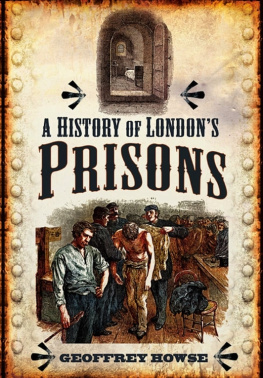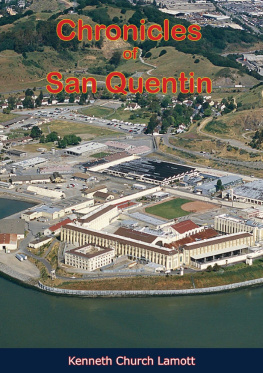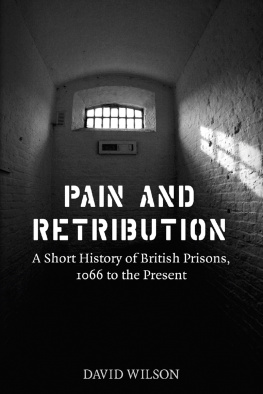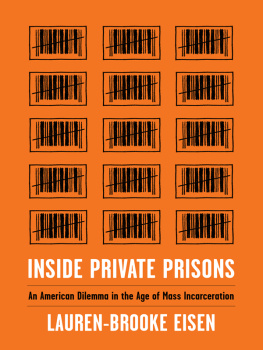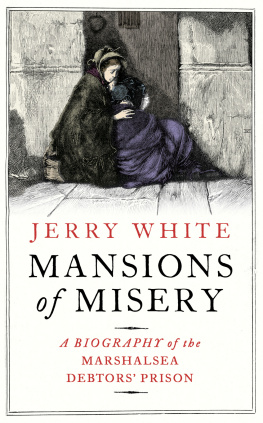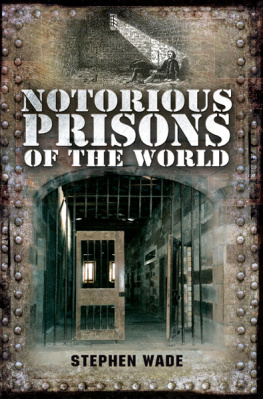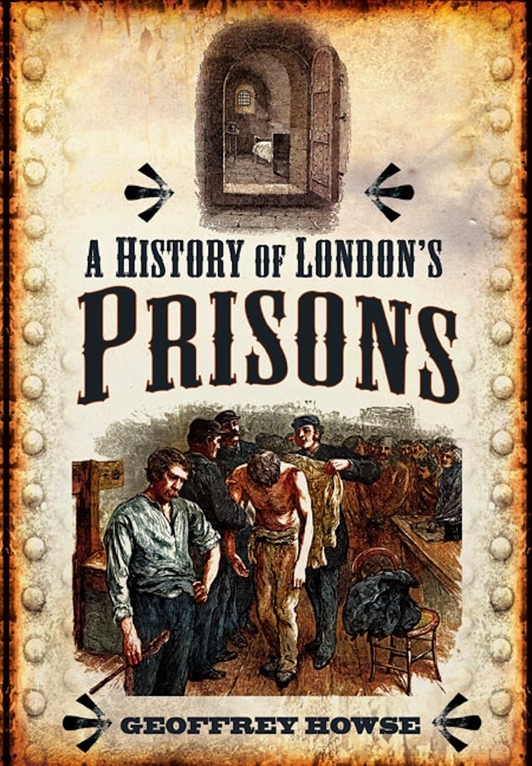I ris Ackroyd (19252012), Victoria Ackroyd, Keith Atack, Vera Atack, Zak Azzouz, Michael Barber, Susan Barber, Peter Beard, Ann Becouarn, Professor John Betteridge, Christine Boyce, Norma Braddick, Fred Calcott, Margaret Calcott, Sister S Choi, Robert A Dale, Kathleen Dale, Chantelle Daniels, Tobie Daniels, Iris J Deller, Joanna C Murray Deller, Ricky S Deller, Tracy P Deller, Emma Duke, Professor Nick Finer, Kristin Finney, Paulette Finney, James Friend, Carol Gardner, Jean Gardner, Alice Gazet, Chris Gill, John Goldfinch, Leo Gonzales, Frederick Griffiths, Leroy Griffith, Rosina Gusterson, Geraldine Healy, Ann Howse, Doreen Howse, Joy Howse, Kathleen Howse, Claire Hunte, Dr Hidayat Hussain, Nishat Hussain, Mr Andrew Jenkinson, Charles Keane, Eamon Keane, Andrew R D Lane, Heather Law, Kevin McGovern, Susan McGovern, Raymond Mellor Jones, Grace L McHenry, Brendan E McNally, Hannah McNally, Jenny McNally, Victoria McNally, Marc Murray, Eleanor Nelder, Stanley Nelder, Anthony Richards, Aydan Sener, Ian Senior, Aishwarya Tara Sethi, Kristina Suberg Sethi, Vichel Sethi, Sofia Sibari, Andre Spence, Christian Spence, Kai Spence, Annie Souter, Debbie Teape, Bob Toh, Breda Toh, Sylvia Toh, Adam R Walker, Anna Walker, Arthur O Walker, Christine Walker, Darren J Walker, David Walker, Emma C Walker Ivan P Walker, Jenny Walker, Paula L Walker, Polly Walker, Suki B Walker, Thomas Walker, Dave Webster, Terry Webster, Clifford Willoughby, Margaret Willoughby, Professor D J Withers; also the staff of the British Library, the staff of the Guildhall Library, the staff of the Metropolitan Archive and the staff of The National Archive at Kew. In addition I am grateful to John D Murray, who has assisted me over many years; and finally, not forgetting my ever-faithful walking companion, Coco.
Sources and Further Reading
London Metropolitan Archives Selective List:
Newgate Prison CLA/035
Calendars of Indictments CLA/047/LJ/10, MJ/C/J,OB/C/J
Visiting Justices Minutes 1814-77 CLA/035/02/050052
Wood Street Compter CLA/028/02/001003
Compter CLA/032/01/037
Giltspur Street Compter CLA/029
Southwark Compter (Borough) CLA 031
Miscellaneous records relating to prisons and compters CLA/032
Bridewell Hospital CLC/275
Ludgate Prison CLA/033
Whitecross Street Prison CLA/034
Middlesex Prisons MJ/SB/B
New Prison Clerkenwell MA/G/CLE
Middlesex House of Correction Cold Bath Fields MA/G/CBF
Holloway Prison CLA/003
Wandsworth Prison ACC/3444
Wormwood Scrubs LMA/4417
Birkenhead, Earl of, Strafford, Hutchinson & Co, London, 1938
Burghclere, Lady, Strafford (2 vols), Macmillan & Co, London, 1931
Byrne, Richard, Prisons and Punishments of London, Harrap, London, 1989
Clamp, John, Holloway Prison. The Place and People, David & Charles, Newton Abbot, 1974
Crew, Albert, London Prisons of Today and Yesterday, Ivor Nicholson & Watson Ltd, London, 1933
Herber, Mark, Criminal London, Phillimore, Stroud, 2002
Howse, Geoffrey, Foul Deed & Suspicious Death in Londons East End, Wharncliffe Books, Barnsley, 2005
Howse, Geoffrey, Foul Deeds & Suspicious Deaths in Londons West End, Wharncliffe Books, Barnsley, 2006
Howse, Geoffrey, The A to Z of London Murders, Wharncliffe Books, Barnsley, 2007
Irving H B, Trial of Franz Mller, William Hodge & Co, 1911
Laing, D (Ed), Baillies Letter and Journals 163762
Rice-Davies, Mandy (with Shirley Flack), Mandy, Michael Joseph, London, 1980
Wade, C E, John Pym, Sir Isaac Pitman & Sons, London, 1912
Wedgewood, C V, Strafford 15931641, Jonathan Cape, London, 1935
Young, Filson, Trial of Bywaters And Thompson, William Hodge & Co Ltd, 1923
Young, Filson, Trial of The Seddons, William Hodge & Co Ltd, 1914
CHAPTER 1
The Tower of London
T he original function of the Tower of London, built for William I (William the Conqueror) and completed in 1097, was to act as a power base for the king within the City of London itself. As well as being a royal palace and serving many other purposes such as housing the Royal Mint and the Crown Jewels, and a garrison, it has also served as a prison and place of execution. The Keep, which became known as the White Tower in the thirteenth century (following its outer walls being painted white), contained dungeons and cells constructed beneath and on its upper floors; as well as in various towers within the precincts and around the outer walls. Each of these towers have been used as prisons at some time during their existence.
The first recorded prisoner in the Tower was Ranulf Flambard, Bishop of Durham, imprisoned in 1101. The Tower has held many notable prisoners over more than 900 years. Six hundred Jews were imprisoned in the Tower by Edward I in 1278, allegedly for being falsely charged with coin-clipping. Two-hundred and sixty were executed and many others died in the Tower dungeons.
Royal prisoners, of which there have been many through the centuries, were usually lodged in considerable style and comfort whilst incarcerated in the Tower. John Baliol, King of the Scots, was imprisoned there in 1296; and in 1356, having been captured during the Battle of Poitiers, King John II of France spent three years in the Tower, until a ransom was paid. The deposed King Henry VI was imprisoned on an upper floor in the Wakefield Tower in 1465. He was restored to the throne in 1470, by the Earl of Warwick, recaptured by Edward IV and murdered in the Wakefield Tower on 21 May 1471. George, Duke of Clarence, a younger brother of Edward IV, was imprisoned in the tower for plotting against his brother, the king, in 1478. By tradition, he was murdered later that year by being drowned in a butt of Malmsey. On Edward IVs death in 1483, his two young sons, Edward V and the Duke of York, were held in the Garden Tower (some years later named the Bloody Tower). Their uncle, the Duke of Gloucester, became Protector and was subsequently proclaimed Richard III. His nephews mysteriously disappeared and were generally believed to have been murdered. The question by whom were the little princes in the Tower murdered, has been a matter of considerable speculation down the centuries. Two of Henry VIIIs wives were imprisoned and executed in the Tower. Henrys second wife, Anne Boleyn, was beheaded on Tower Green on 19 May 1536 by a specially imported swordsman from France; and Henrys fifth wife, Katherine Howard, suffered a similar fate by a headsman yielding the customary axe, also on Tower Green, on 13 February 1542. Lady Jane Grey (sometimes referred to as the Nine Day Queen), was held in the Lieutenants House and her husband, Lord Guildford Dudley, in the Beauchamp Tower, prior to their executions on 12 February 1554. Princess Elizabeth (later Elizabeth I), daughter of Henry VIII and Queen Anne Boleyn were imprisoned in the Tower in 1554, suspected of complicity in plots to usurp her half-sister, Queen Mary I. James Scott Duke of Monmouth (illegitimate son of Charles II and Lucy Walters) was imprisoned in the Tower prior to his execution on Tower Hill on 15 July 1685. Monmouth, having expressed the opinion to his executioner Jack Ketch (or John Catch, after whom Londons subsequent executioners were commonly known) that the axe was not sharp enough, suffered a truly horrible end. Ketch swung the axe through the air and dealt Monmouth a blow that caused him only superficial harm. As the dukes head moved under the blow, he gave Ketch a look of disdain. Two more blows of the axe followed but the Dukes head was still attached to his body. Five blows of the axe could not do the job, and finally the dukes head was removed only after the last sinews were cut through with a knife. Curiously, the dead Dukes head was stitched back on his body, not just for his dignified burial under the altar in the church of St Peter Ad Vincula (St Peter in Chains), within the precincts of the Tower (where Henry VIIIs two executed queens were also buried), but to be dressed in his finery and his lifeless body posed as if the duke were still alive, to have his portrait painted.

